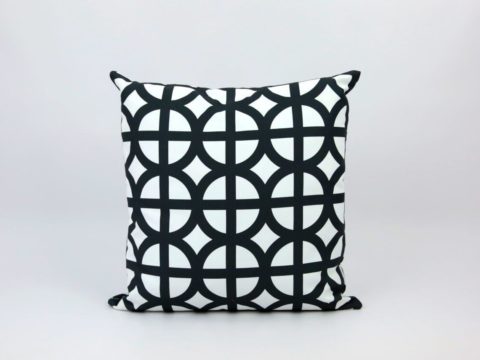Anne of Denmark: Life Story
Chapter 7 : Motherhood
Finally, in February 1594, Anne’s first child was born. To the delight of all the country, it was a prince, who survived the birth and was christened Henry Frederick, after his grandfathers. Henry was probably also chosen to please Elizabeth I, and to hint at the prince’s likely future as Henry IX of England. Elizabeth stood as godmother, the Earl of Sussex acting as her proxy. This was the first baptism of a Scottish Prince since the Reformation, and was performed by the Bishop of Aberdeen.
The ceremony completed, Prince Henry was brought back to Anne, who was sitting in her bed, ready to receive the ambassadors who were presenting gifts. At her side was Sir James Melville, who was one of her senior household officers.
The gifts were worthy of their givers – Elizabeth sent a fine amount of silver plate, and cups of gold that Melville claimed that he struggled to lift. The Estates of Holland sent a promise of a regular pension and the little prince also received jewels.
Not long after the baptism, Anne and James had the most serious quarrel of their married life, which was never really resolved and soured their relationship permanently. James decided, not without reason, given the number of plots he had been subject to, and the very real fears of abduction, that Prince Henry should be kept safely at Stirling Castle, the most defensible of all the Scottish fortresses, in the care of the Earl of Mar, who had once been his own school-fellow, and the Dowager Countess of Mar who had been responsible for James in his childhood.
Anne, used to the idea of royal children being brought up together with parents and grandparents, was beside herself with grief. She begged and pleaded for her child to be left with her, but James was adamant. He did not want his son to be used against him, as he had been used against his own mother, and the Mars were the only nobles he completely trusted. If Henry and Anne were to be abducted together, she might be coerced into a situation where Henry was set up as king.
But there was no mollifying Anne. Unable to blame James too directly, she blamed the Mars and never forgave the Earl or his mother. James was happy for Anne to visit her son, and suggested a visit at the end of May, but Anne initially refused, saying that this would imply her acceptance of the situation. James insisted, so she set out, but en route she announced that she was too ill to continue the journey. This may have been a politic illness, but it has been suggested that in fact, she suffered a miscarriage, perhaps brought on by the stress of the quarrel and the removal of Henry.
Later that year, James heard that Anne was planning to visit Stirling in his absence, to abduct the child herself. Whether the story was true or not, he visited with her, and ensured that she was attended only by people he trusted. To make certain of Henry’s safety, he left written instructions that the boy was not to be surrendered unless James requested it personally, whilst in the company of his friends (ie not coerced). In the event of the King’s death, Mar was not to hand Henry over to either the Queen or to the Estates, but wait until Henry was eighteen and could decide for himself.
The royal marriage was patched up, and in August 1596, a second child was born, Elizabeth, named for the English queen. The princess was given into the charge of Lord Livingstone and his wife, at Linlithgow – Anne was more content with this, as Linlithgow was her own palace and she was free to visit it more easily. It was rumoured that Lady Livingstone was a Catholic, but James did not perceive that as a problem.
More problematic was the belief that was creeping around Edinburgh that Anne herself was a secret Catholic. She was publicly denounced by David Black, the minister of St Andrew’s. Black apparently said ‘we must pray for the Queen for the fashion’s sake, but we have no cause for she will never do us any good.’
James was incandescent with rage – whatever their personal difficulties, he would never accept anything less than total respect for his wife from anyone else. In his book, 'Basilikon Doron', that he wrote for Prince Henry, about the duties and pains of monarchy, he summed up his views on matrimony in the words ‘greatest earthly felicity or misery that can come to a man.’
He demanded an apology from Black, who dug his toes in, saying that, when in the pulpit, he was the mouthpiece of God, and not subject to James. This angered James even further, but it was a couple of months before he could have his revenge. He informed the dignitaries of Edinburgh that it was not fit to hold him and his queen and they would make their main home elsewhere. Horrified at the loss of trade this would cause, suitable grovelling ensued.
A third child, Margaret, appeared in 1598, but died as an infant. The royal accounts give odd glimpses into the lives of the children. At Margaret’s birth, money was laid out for a cradle, for a chair for the nurse, and stools for the rockers, as well as for money for the carpenter to set the items up and ‘drinksilver’ for his children. Princess Elizabeth was bought a hairbrush and two dolls, and, along with her mother, silk stockings.
Anne of Denmark
Family Tree




